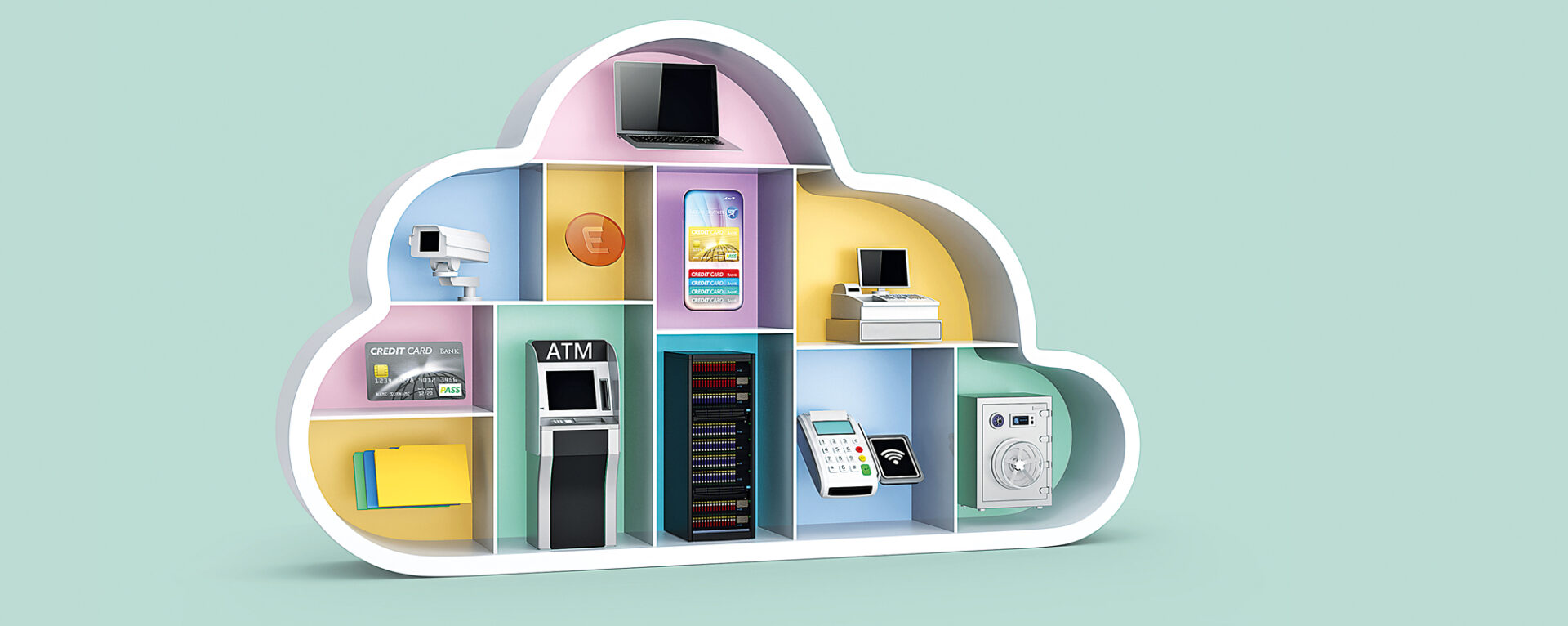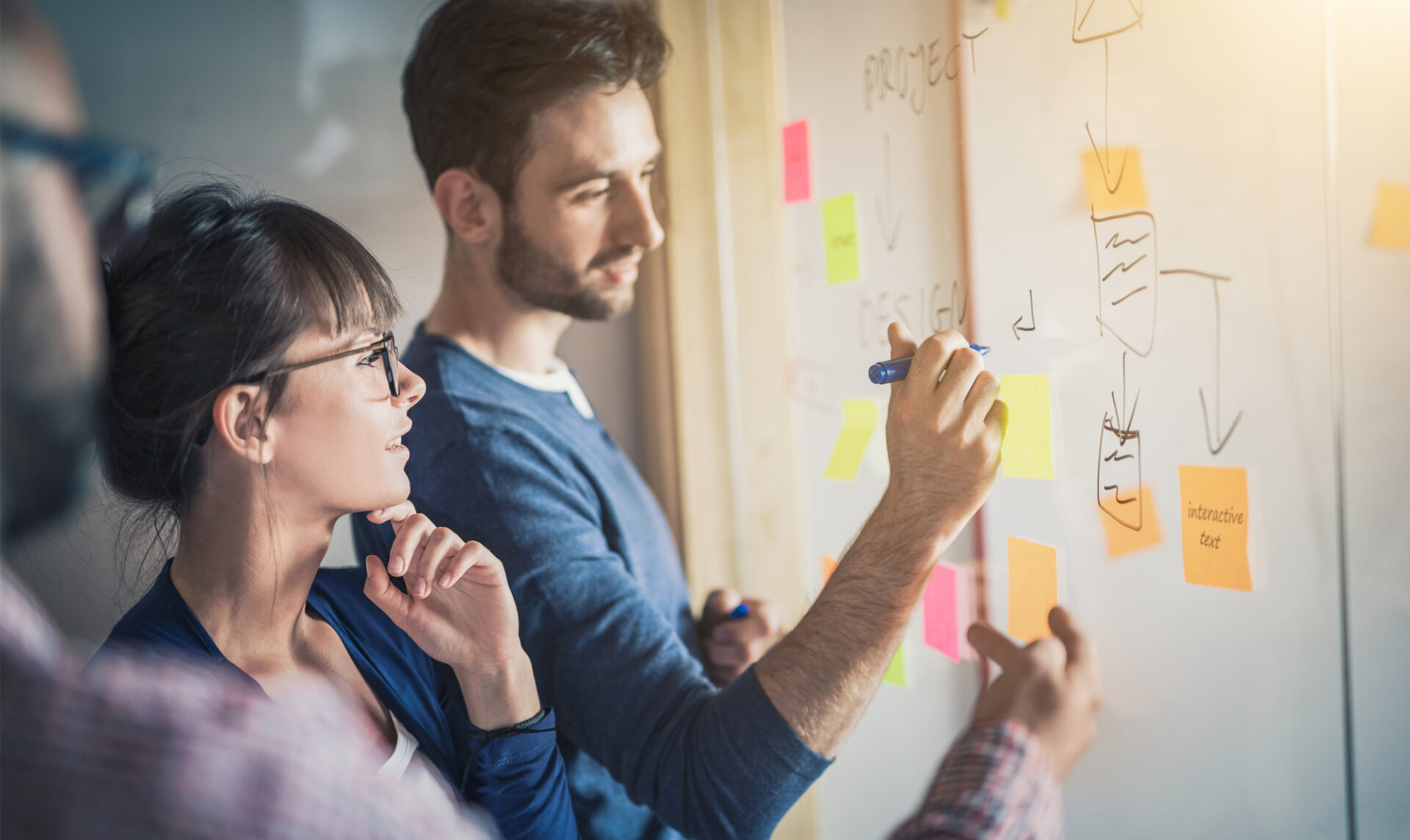From cloud to OCR, here’s how to make your practice more efficient and effective in 2018.
By Anthony Staltari
As we welcome 2018, I ponder the rapid changes descending on our industry. Buzzwords like bitcoin, blockchain, machine learning and artificial intelligence are in vogue. The newness of it can be overwhelming to many accountants.
The reality is, some of these technologies can empower today’s accountants like never before. Before we go into exactly how, let me ask a question: How much time did you and your team spend moving data from one system to another in 2017?
I’m not just talking about downloading sales from the POS, exporting them and manipulating the data so you can enter it into your accounting software. What about the thousands of hours entering bank statement lines? Inputting information from supplier invoices?
Every one of those tasks can be automated with today’s technology. It’s time for accountants to start thinking about how to best use technology tools that can automate data flow, and then move up the value chain by providing advisory services. Here are four technologies you need to be aware of in 2018:
Cloud accounting, audit and practice management
Artificial intelligence (AI) and machine learning are here. While they cannot match human insights, they can complement brain power. AI does the heavy lifting of calculations, the dull stuff of reconciliations and the tedious work of verifying information. If you and your clients aren’t on a cloud-based accounting platform, you can’t take advantage of it.
Business apps
Do your clients understand that their point-of-sale (POS), customer relationship management (CRM), management, logistics and email apps need to integrate with one another in the cloud? If business apps aren’t connected to each other, your clients are sacrificing money and productivity. Most SMEs globally are using 15 to 20 software apps to run their business. My question to you is, do they talk to each other? If they have an API, they likely do. The acronym stands for Application Program Interface, and it allows timesheeting apps, expense apps and bank account apps to talk to your accounting platform. The biggest cloud accounting platforms partner with hundreds of apps.
Direct bank feeds
Has your practice automated your client’s’ bank reconciliation? Can your client log into a mobile device and see his current cash position? If not, you need to discover direct bank feeds. HSBC and DBS are already allowing their small business clients to receive direct, daily feeds of their bank transactions in their accounting platform. Both you and clients get a real-time view of their finances that is more secure and of higher integrity than third-party workarounds.
OCR
Remember when we used to hire teams of people to get documents, send/receive, scan/store and then enter the information into a computer? Optical character recognition (OCR) is changing all of that. With a simple photo of a bill or receipt, OCR can not only identify the name of an outlet and how much was spent, but can also tell if the receipt was issued in Hong Kong, meaning it would enter it into the accounting system in Hong Kong dollars. It can also separate out GST if required. If your clients are giving you paper receipts that you have to sort, file and store, OCR can eliminate that almost entirely.
Now that you’re aware of the technologies available, consider their practical effect. They’ll move you closer to four goals that should apply to every practice in 2018:
- Make your office completely paperless.
- Have nearly all your systems seamlessly integrate.
- Provide you and your clients a real-time view of their cash position on a mobile device.
- Complete a map of your internal processes for further refinement with the apps available.
Here’s to hitting all four targets in the year 2018!






